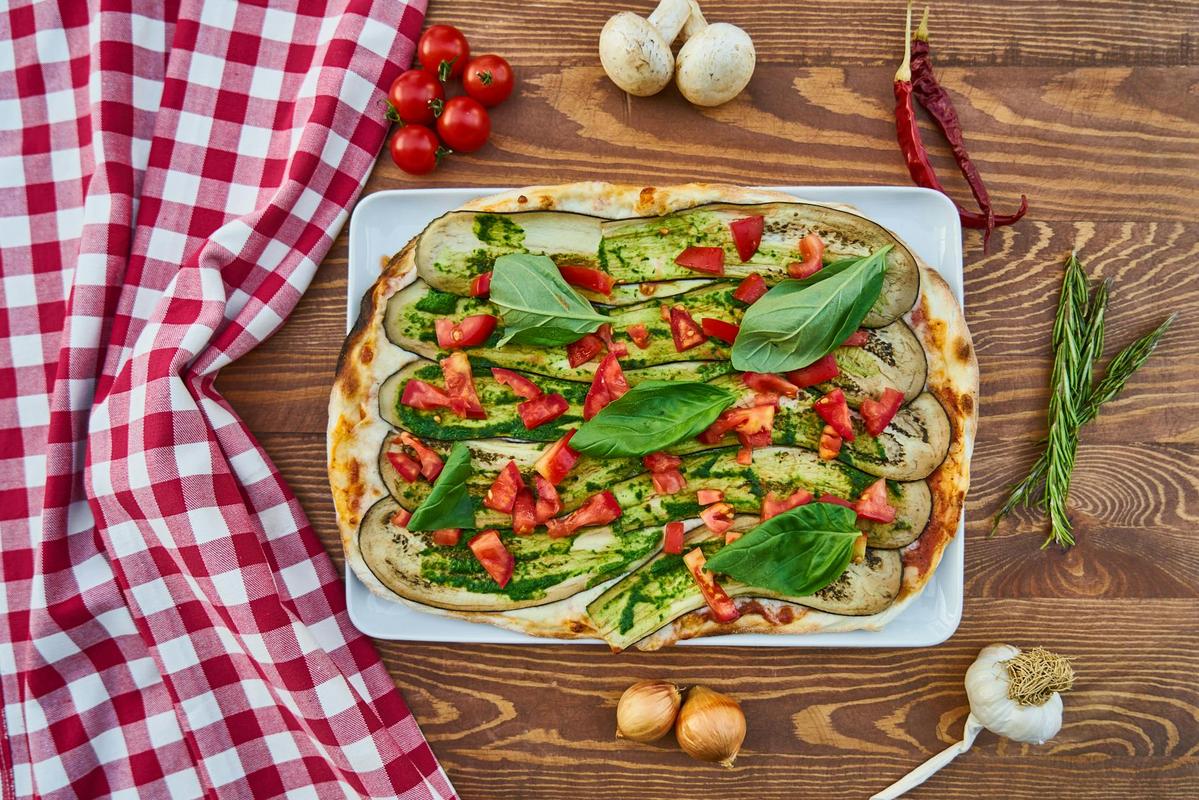
How Meal Prepping Can Keep Your Diet on Track
Dietary goals often feel like a distant mirage when life gets hectic, but meal prepping might just be the oasis you’ve been searching for. This strategic approach to planning and preparing meals in advance is gaining traction among health enthusiasts and busy professionals alike, providing a practical solution to maintaining a balanced diet without the stress of daily meal decisions.
The Benefits of Meal Prepping
Meal prepping is not just about saving time; it’s about taking control of your nutrition. A study published in the Journal of Nutrition Education and Behavior found that individuals who plan their meals are more likely to adhere to nutritional guidelines and maintain a healthy weight. By preparing meals in advance, you can ensure that you have nutritious options readily available, reducing the temptation to reach for unhealthy, quick-fix foods.
Expert Insights
“Meal prep is a powerful tool for anyone looking to improve their diet,” says registered dietitian Laura C. “It helps to eliminate the ‘What should I eat?’ dilemma and can significantly reduce stress around mealtime.”
How to Start Meal Prepping
- Plan Your Menu: Take a few minutes each week to decide what meals you’ll prepare. Variety is key to preventing boredom, so mix up proteins, vegetables, and grains.
- Shop Smart: Create a shopping list based on your menu to avoid impulse purchases. Stick to the perimeter of the store where fresh produce, meats, and dairy are usually located.
- Prep in Batches: Dedicate a day to cooking and portion out meals in containers. This not only saves time but ensures portion control.
- Invest in Quality Containers: Airtight containers will keep your meals fresh and make transportation easy.
Personal Experience
Consider the case of Bryce, a busy professional who found himself eating fast food several times a week. After adopting a meal prep routine, Bryce noticed a significant improvement in his energy levels and managed to shed a few pounds. “It’s amazing how much easier it is to make healthy choices when you have them ready to go,” Bryce shares.
Sample Meal Prep Table
| Day | Breakfast | Lunch | Dinner |
|---|---|---|---|
| Monday | Overnight oats with berries | Grilled chicken salad | Stir-fried tofu and vegetables |
| Tuesday | Smoothie bowl | Quinoa and black bean wrap | Baked salmon with asparagus |
| Wednesday | Egg muffins | Turkey and avocado sandwich | Spaghetti squash with marinara |
| Thursday | Chia seed pudding | Chicken Caesar salad | Beef stir-fry |
| Friday | Whole grain pancakes | Lentil soup | Grilled shrimp with zoodles |
| Saturday | Fruit and yogurt parfait | Veggie burger | Chicken curry with rice |
| Sunday | Avocado toast | Leftover day | Stuffed bell peppers |
Pro Tip:
Conclusion
Meal prepping is a straightforward and effective strategy to keep your diet on track. By planning ahead, you not only save time and reduce stress but also ensure that your nutritional needs are met. It’s time to take charge of your meals and set yourself up for success.
FAQs
How often should I meal prep?
It’s typically done once a week, but you can adjust based on your schedule and preferences.
Can meal prepping help save money?
Yes, by planning and buying only what you need, you can reduce food waste and cut down on dining out expenses.
What if I don’t have time to meal prep?
Start small by prepping just one or two meals a week and gradually increase as you get more comfortable with the process.


